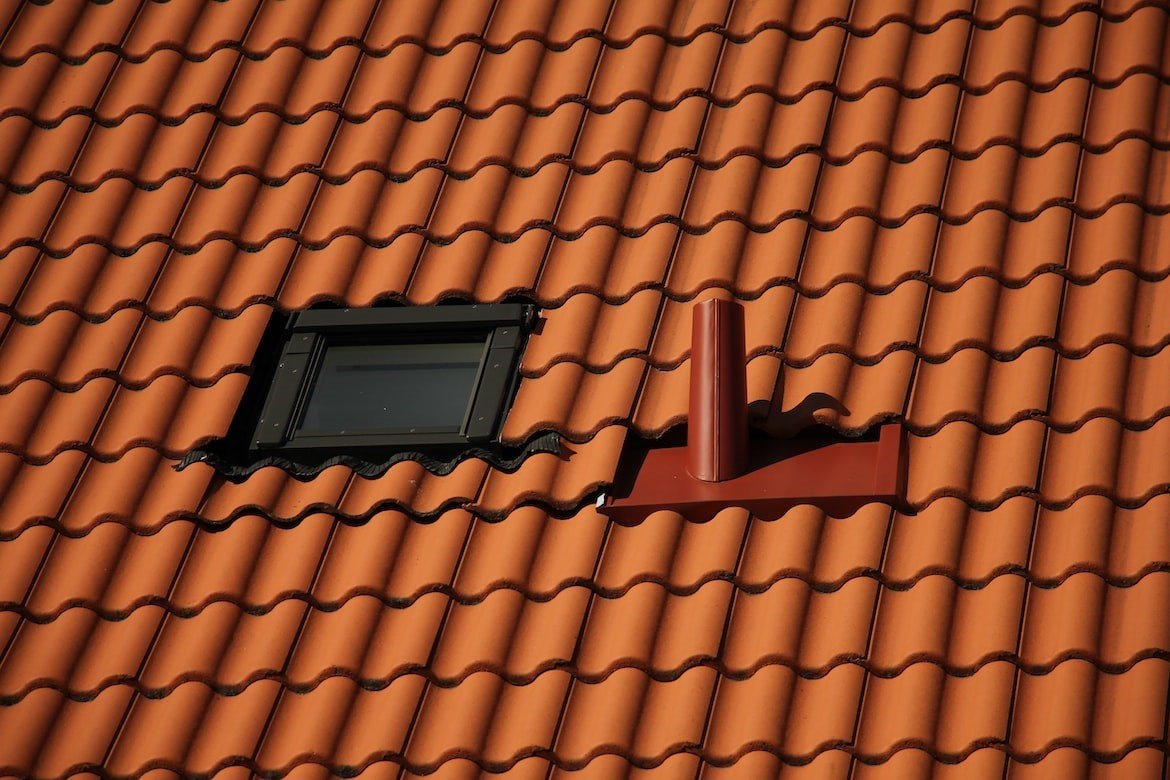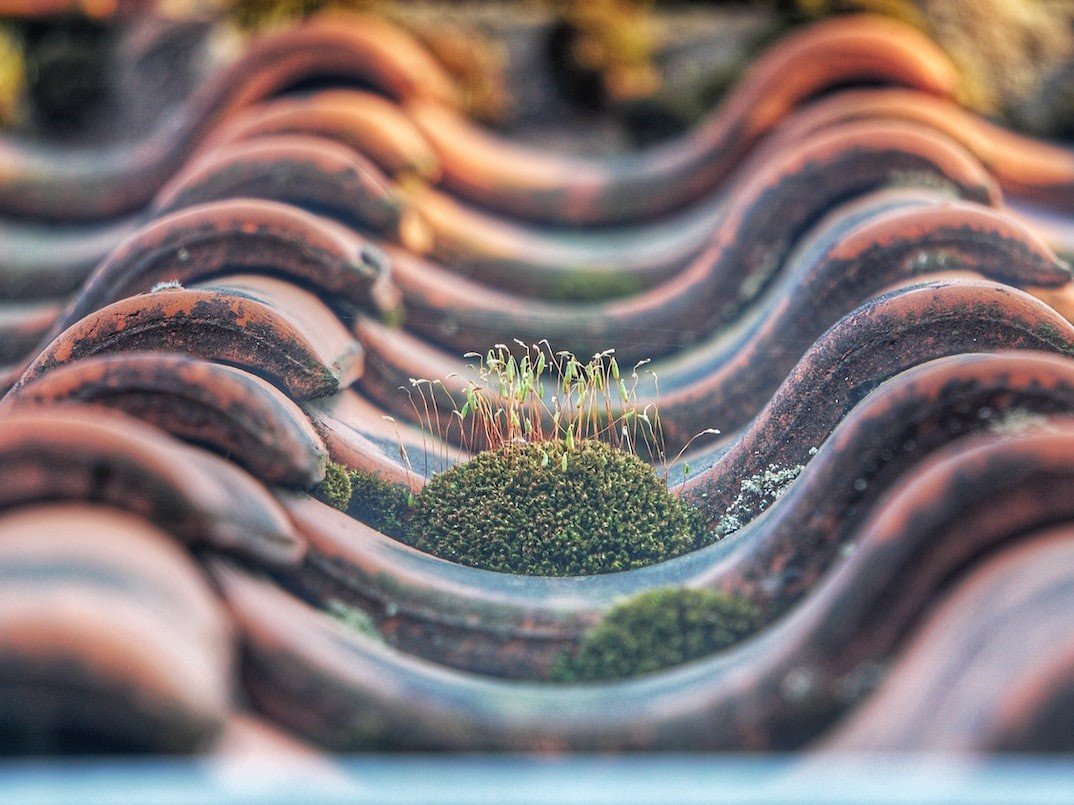It’s important to be aware of potential roof damage and the signs that can indicate it. Whether you are a homeowner or an apartment dweller, it’s essential to know what common damage looks like and how to spot it before it becomes too severe. From water leaks to structural issues, here is a guide on the most common types of roof damage that you need to look out for. Knowing these warning signs may help keep your home safe from costly repairs in the long run.
Types of Roof Damage, Common Causes and Prevention Tips
Understanding various types of roof damage can help you identify when repairs may be needed and how to prevent further deterioration. Common rooftop damage includes hail and wind damage, cracked or broken shingles, improper flashing, missing granules, moss and algae growth, animal damage, water stains or discoloration on the underside of the decking, or low spots that hold water.
Factors such as weather conditions such as extreme heat or cold, aged materials and lack of maintenance can all cause these issues. Fortunately, implementing preventive maintenance measures like professional inspections on a regular basis can help spot and stop deterioration before it becomes an issue. If you live somewhere around Delaware, for example, look for roofers in Delaware County to get a professional opinion on the state of your roof. Additionally, using quality shingles with algae-resistant granules will go a long way in preventing common problems — helping you protect your largest investment for many years to come.
How to Protect Your Roof from Wind, Hail, and Rain
As a homeowner, keeping your roof in prime condition is important, so it’s no small matter when it comes to the common damages that occur from wind, hail, and rain. Taking proper precautions, such as having up-to-date storm-resistant roofs and maintaining trees around your home near enough to provide shade in the summer, but far enough to keep limbs from scratching or damaging shingles may help reduce the risk of damage. Additionally, replacing aging shingles every 20 years or so can also help you avoid more serious issues that come with older roofs. To further protect your roof from major wind and hail damage, getting insurance will give you peace of mind since most weather-related roof damage is covered by homeowner policies. Giving your roof a few extra minutes of care now can help minimize the cost later.
Understanding the Signs of Aging and Deterioration
Keeping an eye on the signs of aging and deterioration of a roof is important in any home. It can be hard to assess what type of damage can signify age or neglect without some background information. Common indicators include cracks in shingles, sagging gutters, missing granules, discoloration, pooling water, and other signs that the material is aged or worn. Furthermore, it’s always wise to inspect the roof for these signs at least twice a year, no matter what its age may be. Once you identify aging or deterioration, an experienced contractor in this field should evaluate it properly in order to recommend appropriate solutions that can extend the lifespan of your roof.
Spotting Infestations and Taking Action
One of the most important steps you can take to protect your roof is to check it regularly for any sign of insect infestation. This can range from something as small as noticing wood shavings or frass (insect droppings) in the attic or gables, to finding out that termites have been at work on your siding. In addition, you’ll want to be aware of common tell-tale signs such as hollow-sounding wood or muddy trails along baseboards and window frames. If you suspect that your home may be at risk for an infestation, don’t hesitate to contact an exterminator—acting quickly will help prevent extensive damage over time.
Evaluating the Quality of Your Roof’s Installation
Evaluating the quality of your roof’s installation is essential in ensuring that your roof is built to last and won’t fall victim to common damages. When selecting a professional roofer, look out for details like certifications that can tell you how much experience they have with performing quality installs. Ask them what methods they use during the installation and their opinions on high-quality roofing materials.
Additionally, inquire about their guarantees and warranties on the job so that you know what recourse you have if something does go wrong in the future. By doing this due diligence upfront, you will be providing yourself with peace of mind and extra protection against costly repairs from potential roofing damage down the line.
Learning to Look for Warning Signs
Taking the time to be aware of warning signs of roof damage can save homeowners time and money in the long run. Knowing what damages to look out for, from blocked gutters to missing shingles or cracked flashing, is an important lesson in roof maintenance. Although roof repair may seem daunting, learning the basics can empower homeowners to take a proactive approach to keep their homes’ roofs in good condition. Doing one’s due diligence when it comes to proper roof upkeep has countless benefits such as this – taking some simple steps could keep your family safe and protect your home’s value well into the future.

In conclusion, it’s important to be aware of the common roof damage that can occur due to a variety of reasons. Understanding the types of damage, causes, and prevention tips is essential in protecting your roof and maintaining its integrity. Taking care to monitor wind, hail, and rain threats should also be done regularly. Spotting signs of aging and deterioration will help you identify issues before they become major ones. You should also be alert for signs of infestations, as this can cause devastating damage if not dealt with right away.
Finally, take the time to evaluate the quality of your roof’s installation- this will make all the difference when it comes to protecting your home from water leaks, heat loss, or ice dams. We hope this post provided an insightful look into common roof damage and how best to prepare for potential issues that could arise – stay vigilant and proactive!

